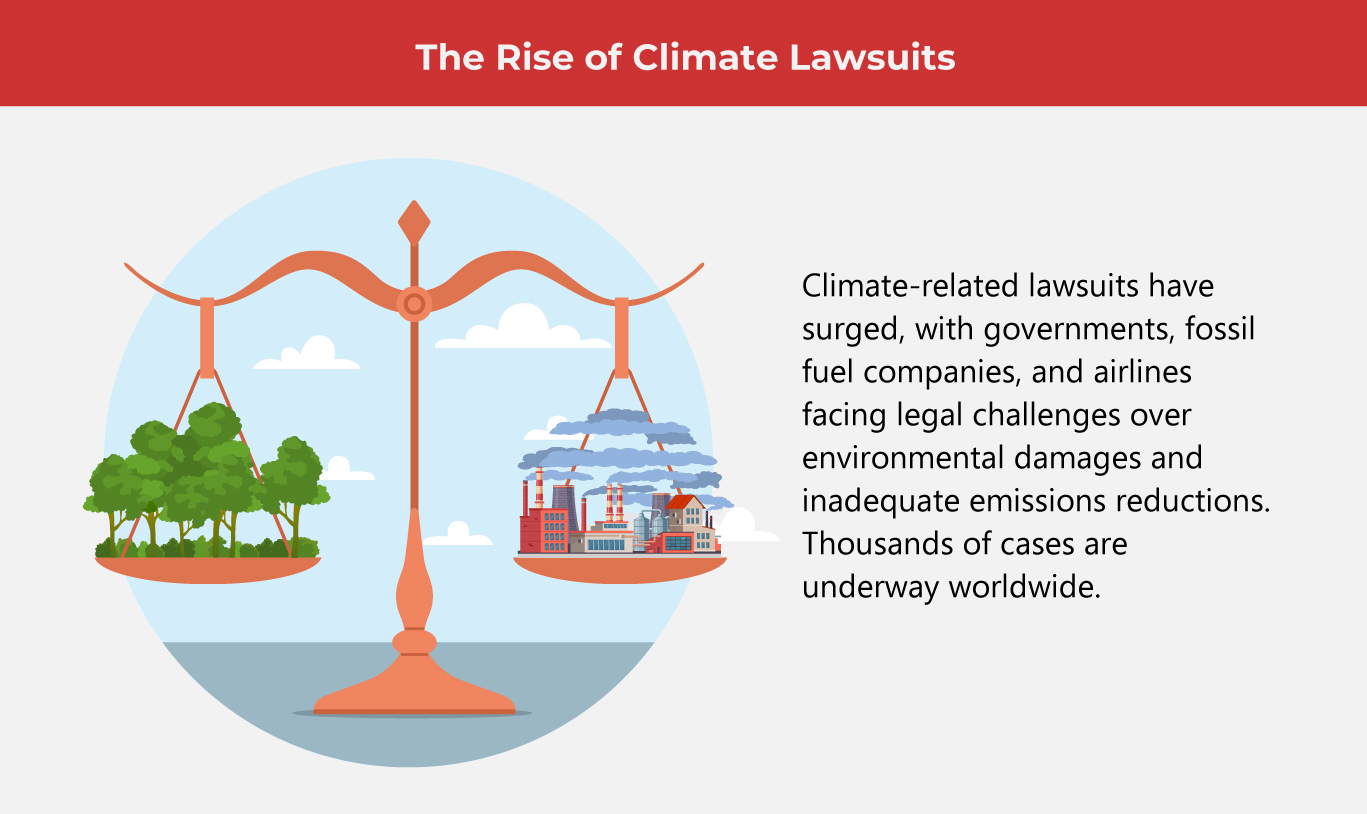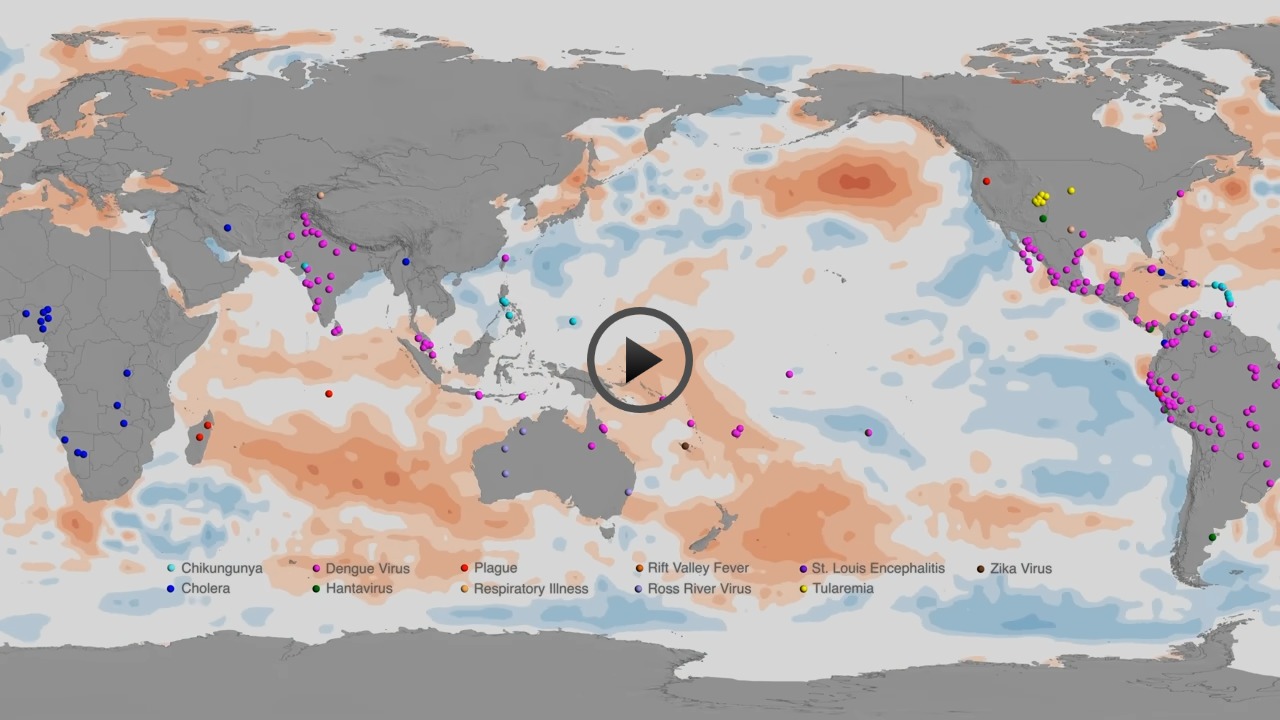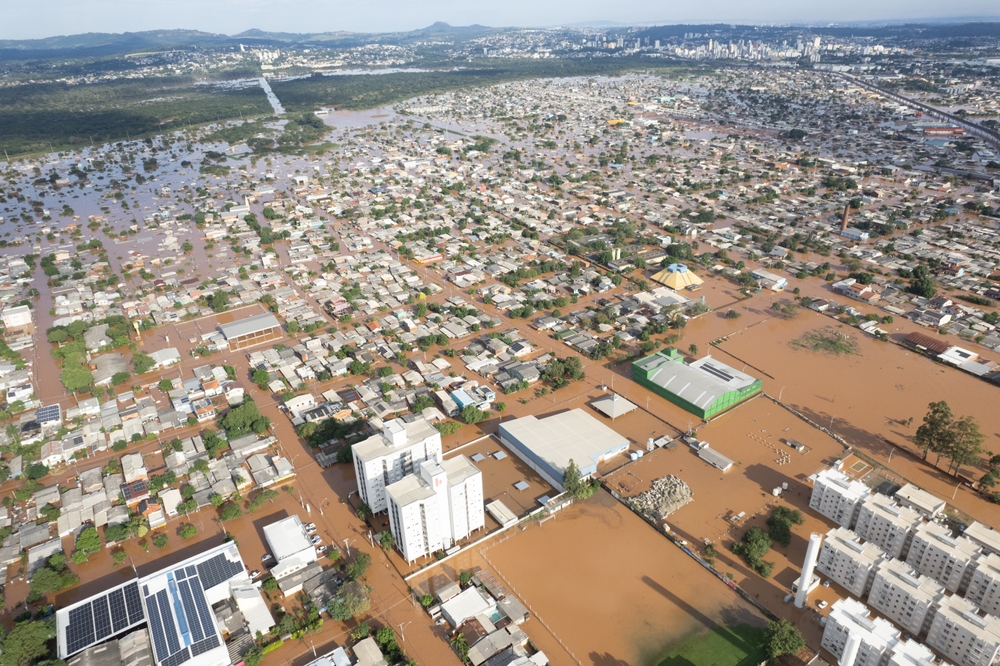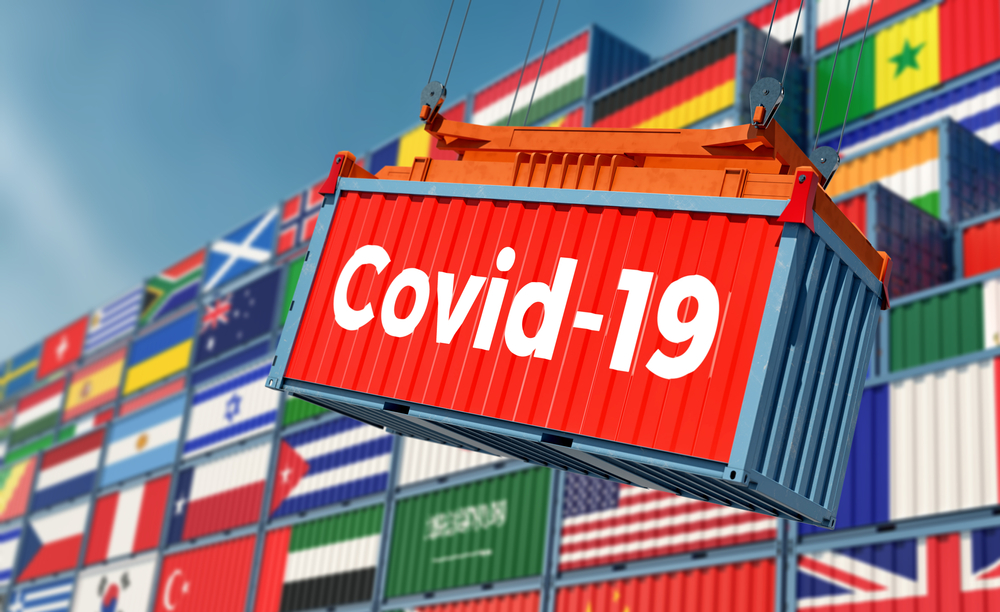12 Climate Trends That Will Shape 2025

In 2025, a broader perspective is essential to understanding the major forces shaping sustainability strategies. This involves examining global shifts that influence environmental and economic efforts. As discussions evolve worldwide, the challenge lies in how organizations can drive their goals while adapting to an increasingly complex landscape.
As climate change accelerates, its ties to global politics become more complex and far-reaching. In 2025, international systems will face a critical test as they respond to shifting environmental indicators and adapt to an increasingly unpredictable world. Several key events this year could have a profound impact on the planet’s future.
12 climate trends that will shape 2025
Twelve key trends will shape the challenges and opportunities in climate and global politics in 2025. As environmental concerns evolve, they will drive financial markets and investment strategies, pushing organizations to adopt future-ready approaches.
-
Intense weather events
The World Meteorological Organization (WMO) warns that record-breaking heat will persist, intensifying climate change and its devastating effects. Despite La Niña typically bringing cooler conditions, forecasts indicate 2025 will rank among the three hottest years ever. Rising global temperatures are fueling severe weather, from hurricanes to droughts, with deadly consequences. While climate disasters dominate headlines, research suggests they have little lasting impact on public attitudes, especially in the U.S.
-
Balancing AI’s energy use and sustainability impact
As artificial intelligence (AI) adoption expands, companies must build models on solid foundations. Also, its role in sustainability will spark debate. While AI improves operational efficiency, energy consumption, and climate analysis, its growing reliance on power-hungry data centers adds to emissions. The challenge lies in leveraging AI for environmental progress without worsening its carbon footprint, as much of its energy still comes from fossil fuel sources.
-
Growth of carbon markets
Agreements on Article 6 of the Paris Agreement at COP29 will strengthen international carbon trading, strengthening global investment. Article 6.2 enables emissions trading through bilateral or multilateral agreements, while Article 6.4 establishes a United Nations (UN)-led carbon market. Developed nations will expand compliance markets while emerging economies will implement their own. Aviation, in particular, faces carbon offset challenges, and voluntary markets work to restore trust in carbon credit quality.
-
Expansion of the renewable energy market
Renewable energy investment soared in 2024, surpassing fossil fuels and driving innovation. However, clean tech has become a geopolitical battleground, with the U.S., EU, and China competing over solar, electric vehicles (EVs), and batteries. Trade disputes and supply chain management tensions may disrupt progress. Balancing competition with cooperation—through trade deals and resource management—will be essential for both climate action and economic stability.
-
Shifting policy dynamics
Global sustainability and energy policies are evolving amid political shifts and social indicators. As elections reshape leadership worldwide, climate strategies will be influenced by changing regulations and industrial priorities. While some corporations scale back sustainability commitments, long-term investments in clean energy and responsible business practices persist. Rising climate risks are increasing costs, particularly in insurance markets. Energy security remains a central issue, with businesses prioritizing resilience and regulatory compliance.
-
Closing the climate finance gap
Prioritizing practical solutions alongside ambitious commitments could help unlock private capital. Stakeholders face growing pressure to close this funding shortfall, with efforts focused on scaling blended finance and overcoming key obstacles. To attract institutional investors, who generally seek lower-risk opportunities, potential solutions include strengthening local financial frameworks, shifting multilateral bank priorities toward private investment, developing blended finance platforms, standardizing scalable models, and implementing credit enhancement mechanisms.
-
Push for greener supply chain operations
As trade policies shift and environmental concerns grow, global manufacturing will face rising pressure to enhance sustainable supply chain strategies. Political shifts in elections worldwide have fueled uncertainty, potentially increasing protectionist trade measures that disrupt supply networks. Evolving trade policies may limit supplier options, complicating oversight and ethical sourcing. Additionally, supply chain disruptions could escalate production costs and restrict market access, particularly in emerging economies.
-
The year's defining climate summit
The 30th UN Climate Change Conference, known as COP30, will take place in November 2025 in Brazil, marking a decade since the Paris Agreement. The Conference of the Parties (COP) brings nations together to negotiate climate action. Under President Lula, Brazil has reduced deforestation while pushing for stronger global commitments, despite being a major oil producer. Officials are calling on the EU to lead efforts in implementing a long-promised fossil fuel phase-down.
-
Addressing plastic pollution
In 2024, nations failed to agree on a plastic pollution treaty. Disputes centered on limiting plastic production versus improving recycling, financial aid for developing nations, and whether measures should be mandatory. With plastic use expected to double by 2050, manufacturing solutions could help curb pollution. Meanwhile, the EU may ban PFAS—synthetic chemicals used in manufacturing that resist water, heat, and stains but pose serious environmental and health risks.
-
Realignments in global power
While COP29 underscored skepticism toward multilateralism, it also highlighted the need for stronger collaboration. The EU and China must navigate leadership roles while BRICS—a coalition of emerging economies including Brazil, Russia, India, China, and South Africa—plays a growing role in climate strategies. Meanwhile, geopolitical conflicts and economic concerns have diverted attention from climate action. As 2025 unfolds, balancing diplomacy with urgent security issues will be critical.
-
Standardized sustainability reports
Efforts to standardize sustainability reporting will gain traction as more regions implement disclosure frameworks. Leading organizations, such as the Global Reporting Initiative (GRI) and the International Sustainability Standards Board (ISSB), are working together to enhance consistency. The EU’s Corporate Sustainability Reporting Directive (CSRD) will take effect, requiring companies to disclose sustainability impacts through a “double materiality” approach, considering both financial relevance and broader environmental or social consequences.
-
A fair and inclusive energy shift
Discussions about what defines a just transition and who will cover the costs will continue on the global stage. While opinions differ, the central idea remains that both climate change and the measures taken to address it have significant social and economic consequences. Those with fewer resources often experience hardships, including job losses and rising energy costs. Reducing these impacts is crucial to achieving a balanced transition.
Addressing 2025’s climate trends requires decisive action, collaboration, and innovation. Transparency and accountability will be essential to turning challenges into opportunities. The choices made now will shape the planet’s future, making bold and immediate action more crucial than ever. As one of the Top 20 EMS companies in the world, IMI has over 40 years of experience in providing electronics manufacturing and technology solutions.
As one of the Top 20 EMS companies in the world, IMI has over 40 years of experience in providing electronics manufacturing and technology solutions.
We are ready to support your business on a global scale.
Our proven technical expertise, worldwide reach, and vast experience in high-growth and emerging markets make us the ideal global manufacturing solutions partner.
Let's work together to build our future today.
Other Blog



